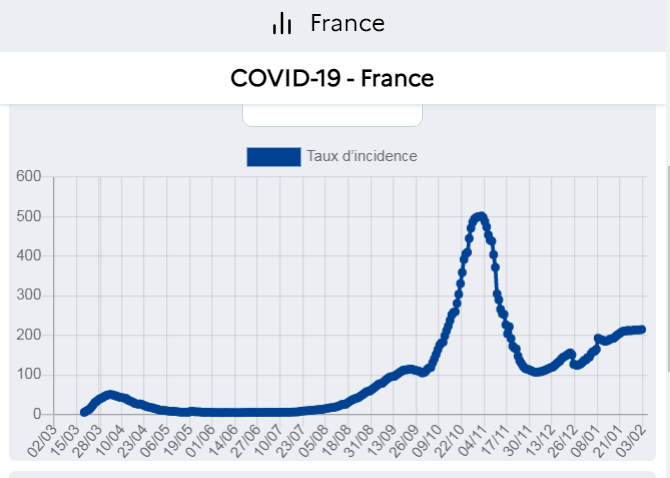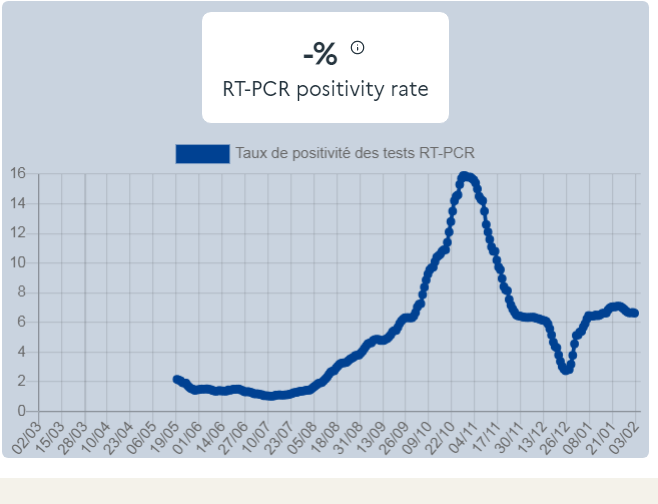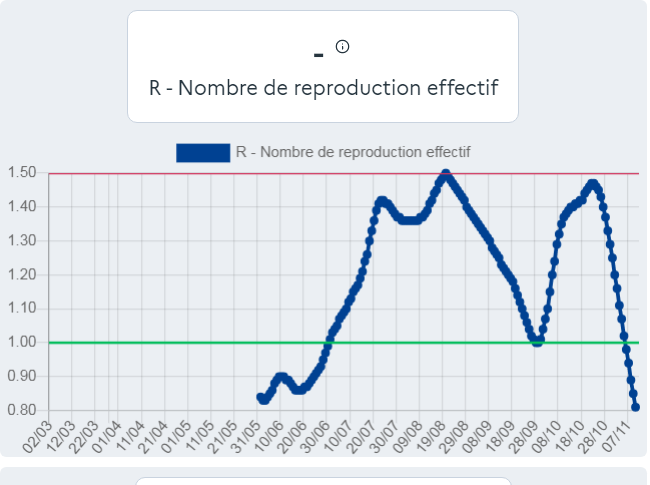
This slide from yesterday’s press conference is a bit naughty in my opinion.
It is clearly trying to imply that infections only fell after the start of 5 Jan national lockdown.
The problem is ...
It is clearly trying to imply that infections only fell after the start of 5 Jan national lockdown.
The problem is ...

... the graph does not show new infections (incidence) but the total number who would test positive at any one time (prevalence).
Incidence of new positive tests will have peaked earlier than prevalence & the peak of new infections will have been earlier still.
Incidence of new positive tests will have peaked earlier than prevalence & the peak of new infections will have been earlier still.
ONS modelled estimates actually place the prevalence peak at 1st Jan implying an infection peak probably even before Christmas.
That's a bit earlier than implied by other indicators (Zoe, actual positive tests etc.) but all show infections falling well before national lockdown.
That's a bit earlier than implied by other indicators (Zoe, actual positive tests etc.) but all show infections falling well before national lockdown.

Whether LD sped up the decrease or if it was caused by earlier tiers are separate questions but here's a reminder of all the indicators showing infections were falling well before national lockdown, even in regions that were not already in Tier 4. thecritic.co.uk/seven-indictor…
It is frustrating to see Govt scientists still seemingly try to present data to support a political message, i.e. that the January national lockdown caused infections to decrease. The data are clear it didn’t.
• • •
Missing some Tweet in this thread? You can try to
force a refresh








